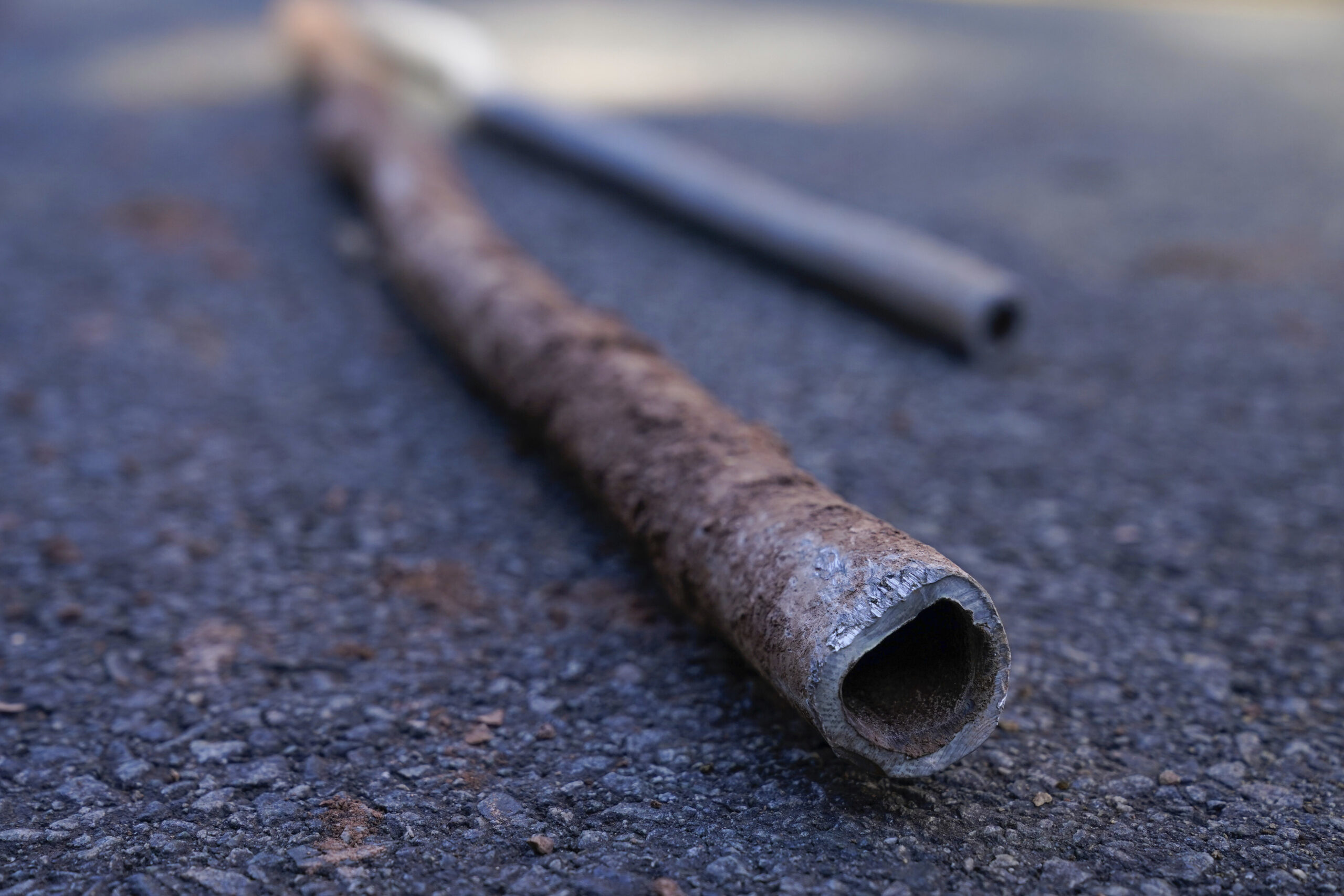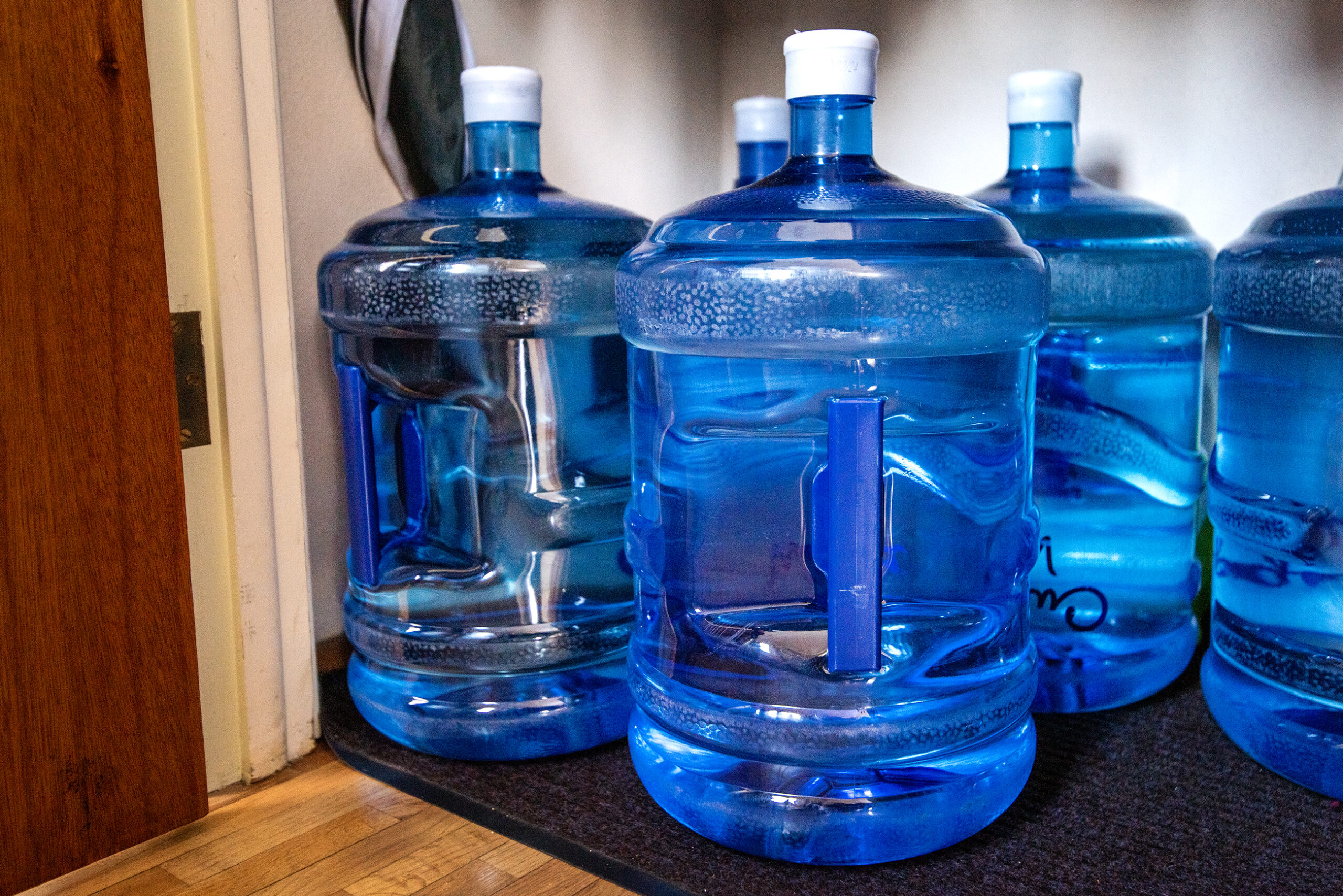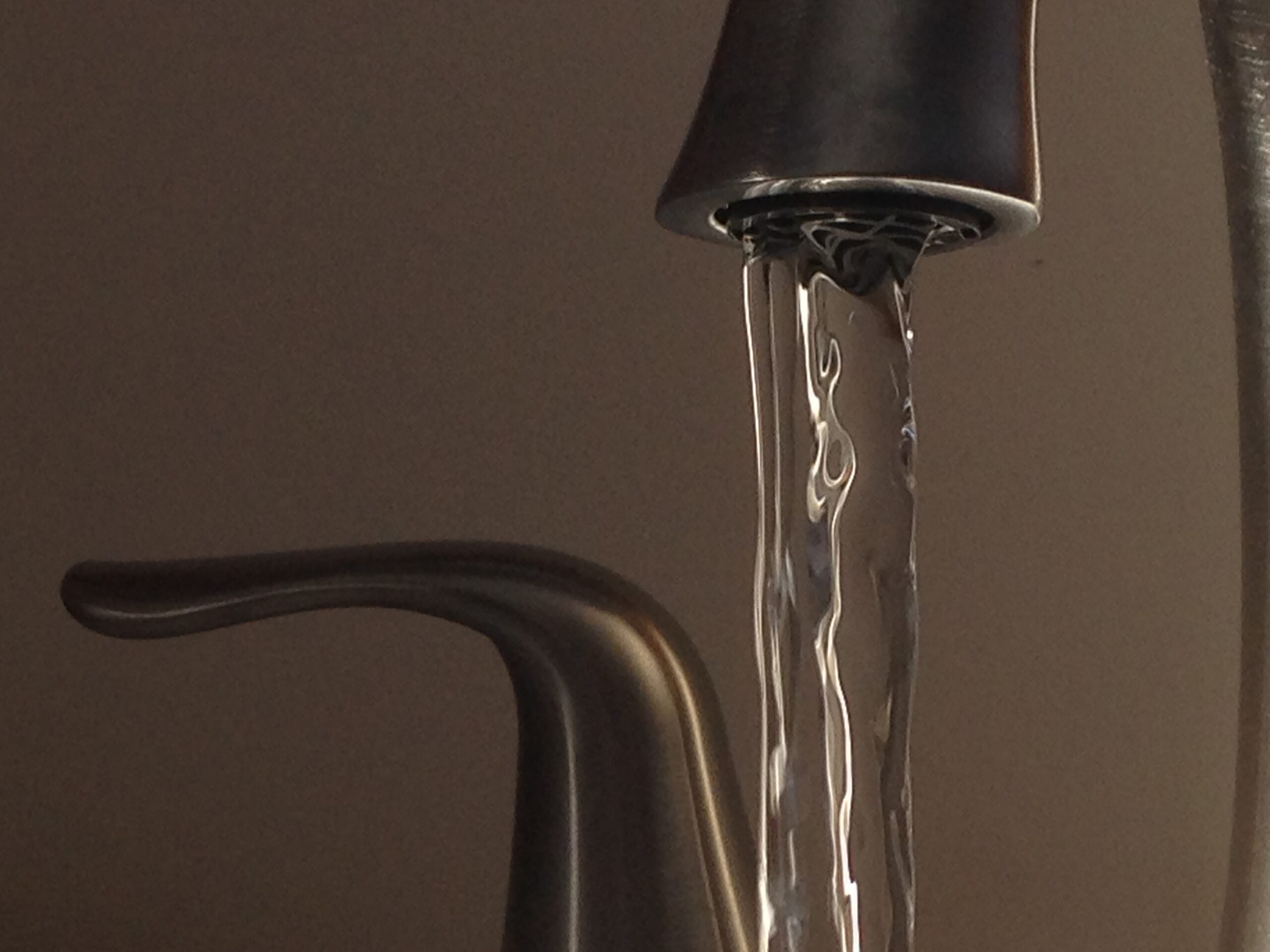The U.S. Environmental Protection Agency will try to reduce lead levels in drinking water nationwide with the first major overhaul of its lead and copper rule since 1991.
The lead and copper rule is a regulation designed to keep people safe from harmful drinking water contaminants. Standing on a riverfront deck in Green Bay on Thursday, EPA Administrator Andrew Wheeler detailed the proposed changes to the rule, which would require water systems to create an inventory of all their lead service lines and make that information available to the public.
The changes would also require water sampling at schools and day care centers. Wisconsin got an F grade in preventing lead from entering schools’ drinking water in a report released earlier this year.
News with a little more humanity
WPR’s “Wisconsin Today” newsletter keeps you connected to the state you love without feeling overwhelmed. No paywall. No agenda. No corporate filter.
“We want to make sure that the parents of those children know what the lead content is in the water where they send their children every day. These are major new steps to protect the most vulnerable among us,” Wheeler said.
The EPA has been mulling changes to the rule for years, even before the water crisis in Flint, Michigan, where “hazardous waste-levels of lead” in drinking water — along with other contaminants — caused illness and national outrage.
In this proposal, the “action level” — or the amount of lead that is allowed to be in water before a water system must take action to decrease it — will remain at 15 parts per billion. But the new rule would also establish a warning threshold if a water system ever reaches 10 ppb, forcing that system to conduct studies or re-evaluate their water treatment.
But some environmental groups said the changes are not enough.
“We know that there is no safe level of lead in drinking water,” said Carly Michiels of Clean Wisconsin, an environmental nonprofit. “Fifteen is too high and too much. Ten is too high. We know that five is too high. It just seems like it doesn’t go far enough in protecting public health.”
Michiels says the proposed changes are a good step, but the real focus needs to be on removing lead pipes.
“It really just completely ignores the whole issue of removal. And if you remove them, we don’t have to deal with pollution. That’s the big prevention component,” she said.
Madison was the first major city in the country to launch a full lead service line replacement program, according to the city’s website, trading out old lead pipes for copper ones.
But cities like Milwaukee and Racine have an old housing stock, which leads to a higher risk of lead poisoning, according to a 2016 report from the state’s Department of Natural Resources. That year, Milwaukee had the highest prevalence of lead poisoning in children under 6.
After a public comment period, Wheeler said he plans to put the new rules into effect next summer.
Wisconsin Public Radio, © Copyright 2025, Board of Regents of the University of Wisconsin System and Wisconsin Educational Communications Board.







